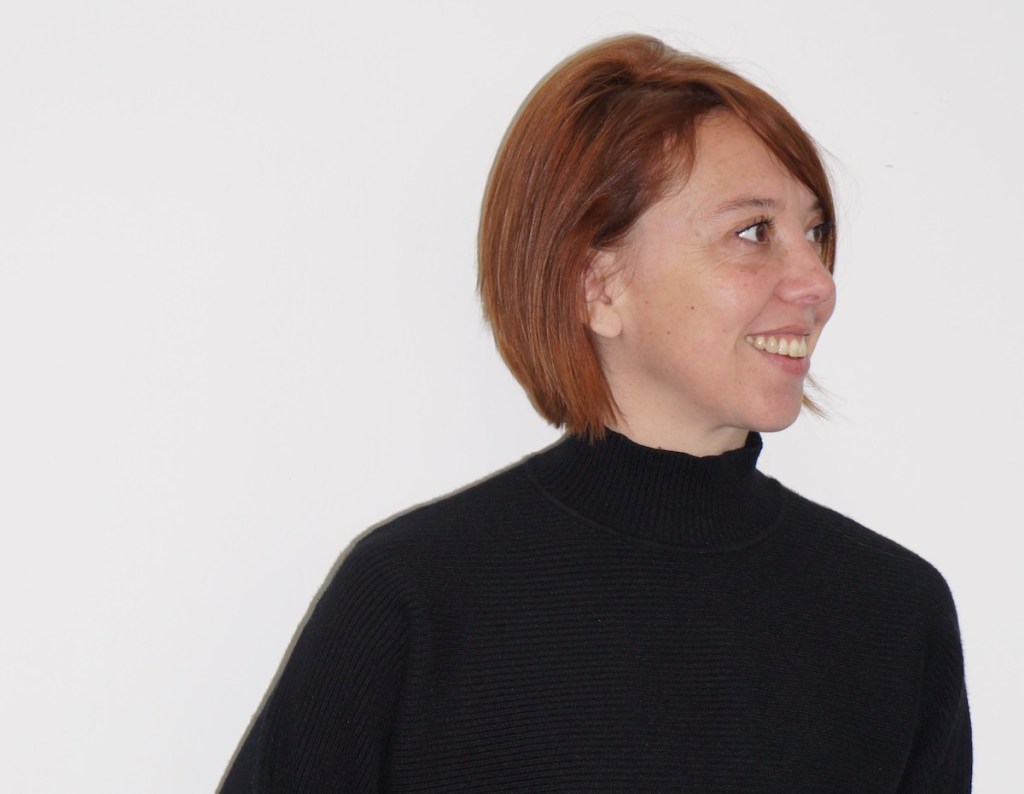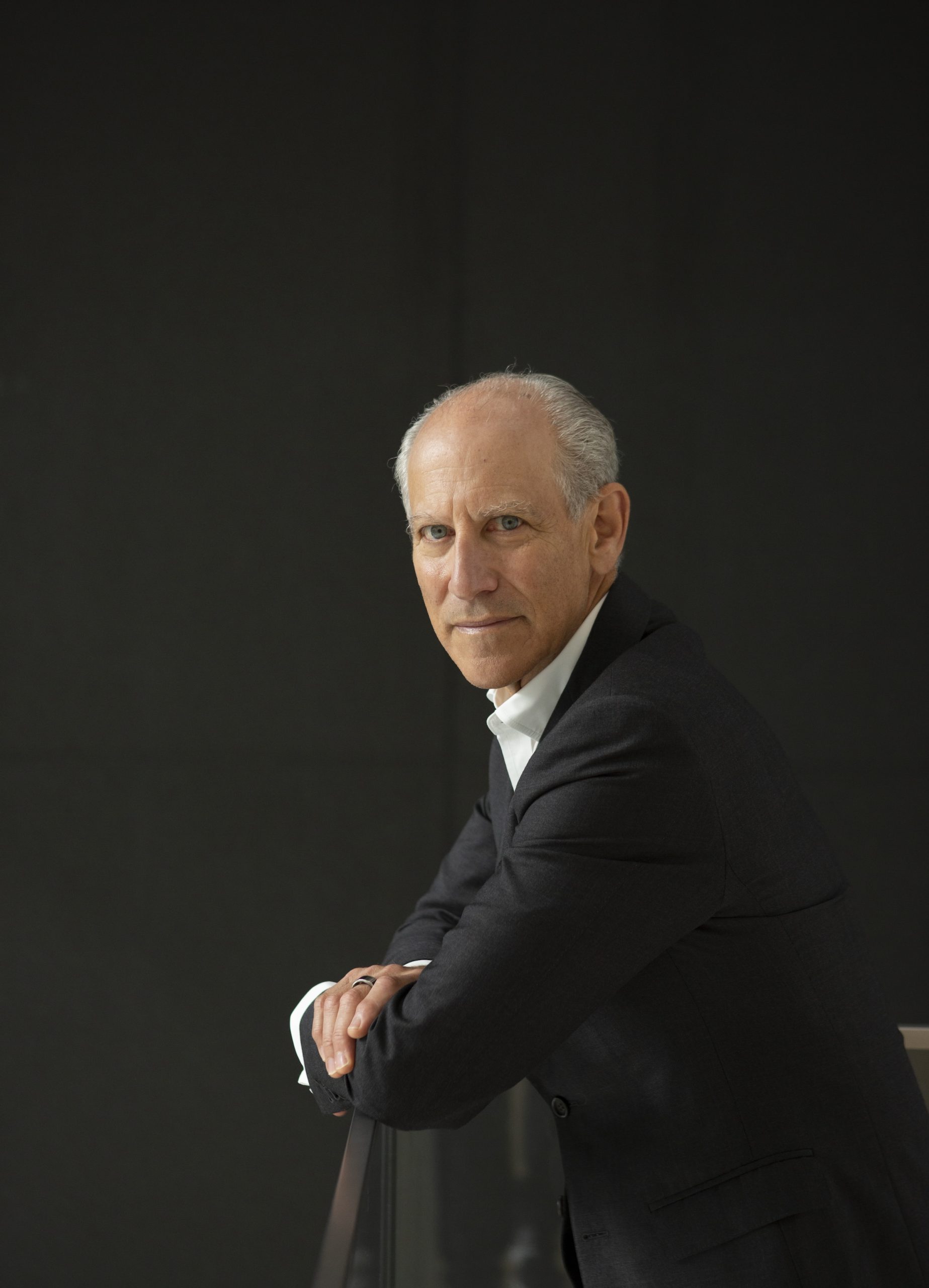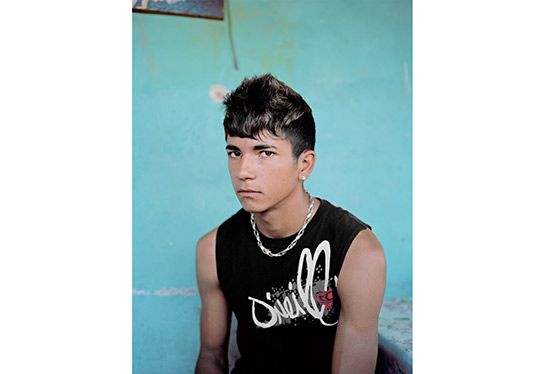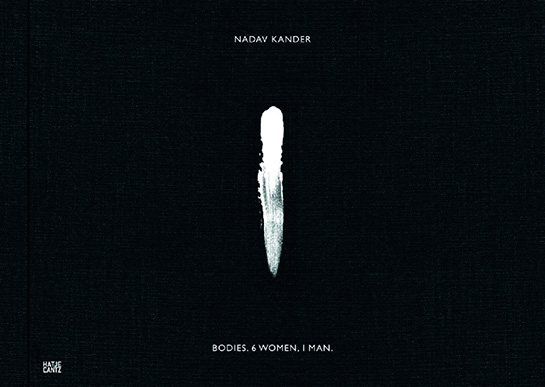In Bertille Bak’s five-part video installation Mineur Mineur (2022), children from Bolivia, India, Indonesia, Madagascar, and Thailand pretend to get dressed to go for work in the mines. Then these kid performers act out their labor, getting dressed in mining gear before heading off to their jobs and waving their tools in the air. Bak superimposes all this over lo-fi, childlike backgrounds, including a piece of cardboard with a rainbow painted on it. The footage acts as a reminder that there are real-life minors in these countries who have been forced by their circumstances to become miners.
When Xippas gallery showed this work at the 2022 edition of Paris+, Art Basel’s fair in the French capital, there was only one bench and a handful of headphones available. Interest quickly outpaced resources at the fair’s opening, where attendees competed to get a spot before this work. All editions of Mineur Mineur ended up selling to institutions.
This work captured the attention of Jeu de Paume head of public programs Marta Ponsa. “The aesthetic of the images took us to a universe of games and fables,” she said. “The mise en scène had humor and lightness.” She later realized she’d seen Bak’s works already, back in 2012 at Paris’s Museum of Modern Art, but, by then, Bak’s practice had matured: Bak’s 2012 show focused on Romani people that she’d encountered in the Paris Métro, but the artist has since turned her thematic concerns global with works like Mineur Mineur.
Seeking to capture Bak’s evolution, the Jeu de Paume showed eight of Bak’s video works, along with some sculptural accompaniment works, in a solo show this summer. These works ranged in subject, from Bolivian shoeshiners to Moroccan shrimp peelers, to cruise ship workers and their families living in Saint-Nazaire. All these works are bound by one subject: a focus on marginalized communities, especially their labor and the way this restricts their lives.
These works have gained the attention of many across Europe. Last year, Bak was nominated for the Prix Marcel Duchamp, France’s most prestigious art prize. By that point, she’d already appeared in one edition of Documenta, the famed art exhibition in Kassel, Germany. Signs that her art is on the rise are set to be further evident this June, when Athens’s National Museum of Contemporary Art opens a solo show of her work as part of a series of feminist art exhibitions.

Bertille Bak, Mineur Mineur, 2022.
©Rebecca Fanuele
Ever since Bak started making video art in her early 20s, she has always been centered around labor. Her first works in that medium were shot in her family’s hometown, Nord-Pas-de-Calais, a French village whose life revolved around the charcoal mines—her grandparents were among the immigrants who were called to work in them. She shot her family and her family’s friends, looking at how the residents were being left behind. Her videos showed how renovations made everyone leave without the possibility of rehousing and shined a light on the lung sicknesses contracted by the miners.
Using video as an artistic medium interested Bak from the beginning—she shot home movies when she was young. But there was no video-specific instruction when she attended the École des Beaux-Arts, Paris’s top art school, and the medium’s not all that sellable in the art market. “But that isn’t my priority,” Bak told me, sitting on a folding chair near the Jeu de Paume’s café. “For me, it’s most simple to tell stories through videos with groups I meet, nothing more.”
This is the challenge Bak’s gallery, Xippas, has faced since it signed her a couple of years out of art school. Part of it is, of course, the relative newness of video as a medium, and collectors’ reticence about it—Bak said she sells more drawings than her videos, and that allows her to “live simply” in a suburb south of Paris. Still, major private collectors, like the Arnault and Pinault families, have bought her work, as well as major European institutions, among them the Centre Pompidou and the Nouveau Musée National de Monaco. “She has an approach that interests institutions who have a mission to discover new forms of contemporary art expression,” said Xippas director Tristan van der Stegen, who added that Bak also wants to “help people have another look at society—there’s something about it that raises the education and culture in a public institution.”
“I always return to my origins,” Bak said about how her grandparents’ friends’ plights speak to society’s inequalities. Of her subjects, she added, “They are often people who are in weak situations, facing gross inequalities we don’t necessarily know about. The idea is to show them in their own way.”

Bertille Bak, Mineur Mineur (still), 2022.
Photo Bertille Bak and ADAGP/Courtesy the artist; Xippas, Paris, Geneva, and Punta del Este; and the Gallery Apart, Rome
Bak is not the most gregarious person—van der Stegen called her “shy” in his interview—so it seems ironic that her work requires her to speak extensively with communities that have never before been contacted by her. (Sometimes, she and her subjects do not even speak the same language, so she involves an interpreter to help her.) “Throughout the course of my life,” Bak said, “encounters occur, without my going out to search specifically to meet a group of people.”
Residencies are the reason these encounters occur. She met the cruise ship workers during a residency in Tétouan, Morocco, for instance. “When I’m exhibiting somewhere,” she said, “I like to be interested in the immediate environment—and why not create something in situ when it’s possible?” Before even writing a script, she spends months getting to know people, listening to stories about their lives, “so I don’t screw up their social and cultural context,” she explained.
Unlike some video art made today, Bak’s works do not have a large budget—she edits her videos herself, so the final products’ animated components do not gel like a Hollywood blockbuster. Bak hopes “there’s a feeling of reality, despite the storytelling I deployed, that we can believe absolutely in it, even though it’s just a game of cutting scenes together.”
She uses special effects inspired by arcade games—Mineur Mineur’s child miners wander up and down paths that zigzag across the screen—and adds her own DIYed sets, such as a cardboard diorama of cruise workers’ living quarters. Bak said she uses “cheap” special effects because she isn’t aiming to make her videos appear cinematic. “Everything that is a special effect can be tinkered with, like everything else: How can we tinker with people’s lives, augmenting or pulling them from the original reality?”
Yet the reality of her film’s participants, who are paid, remains. “I don’t come with the promise of social change,” she said. “It changes nothing in the situations of people involved in these new tactics of representation, so it’s an implicit activism.”



